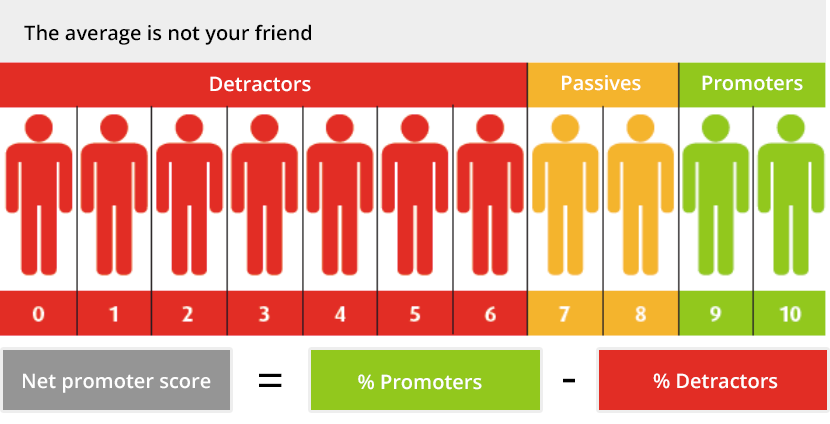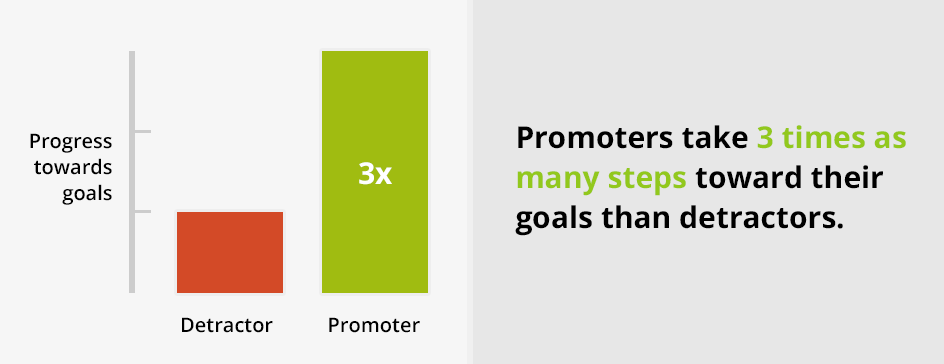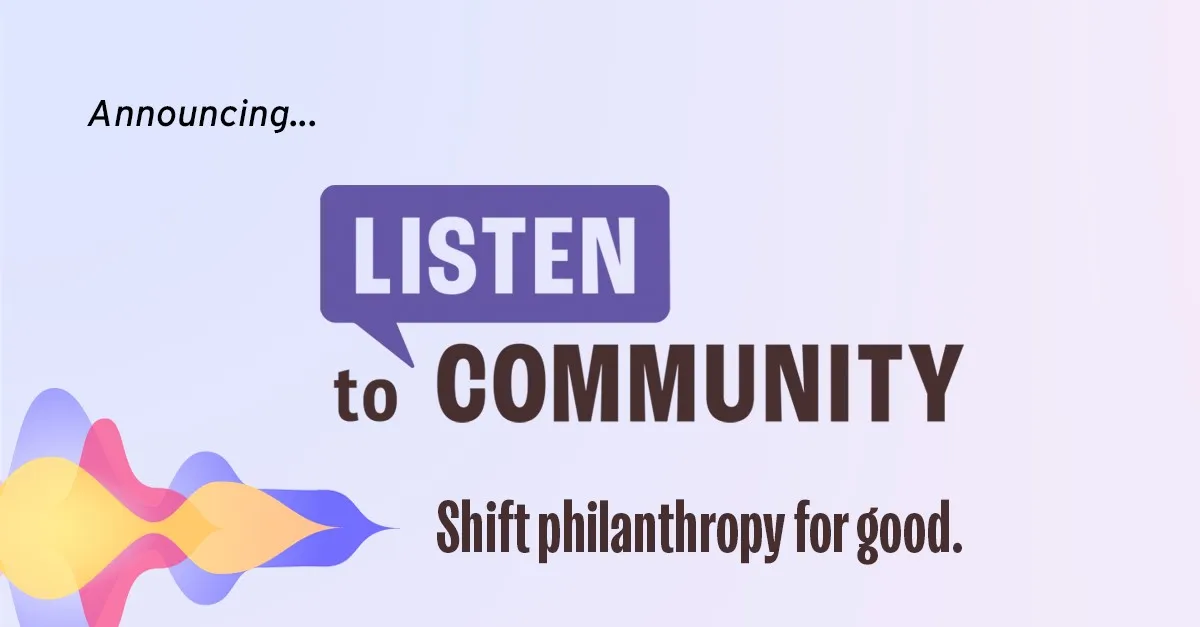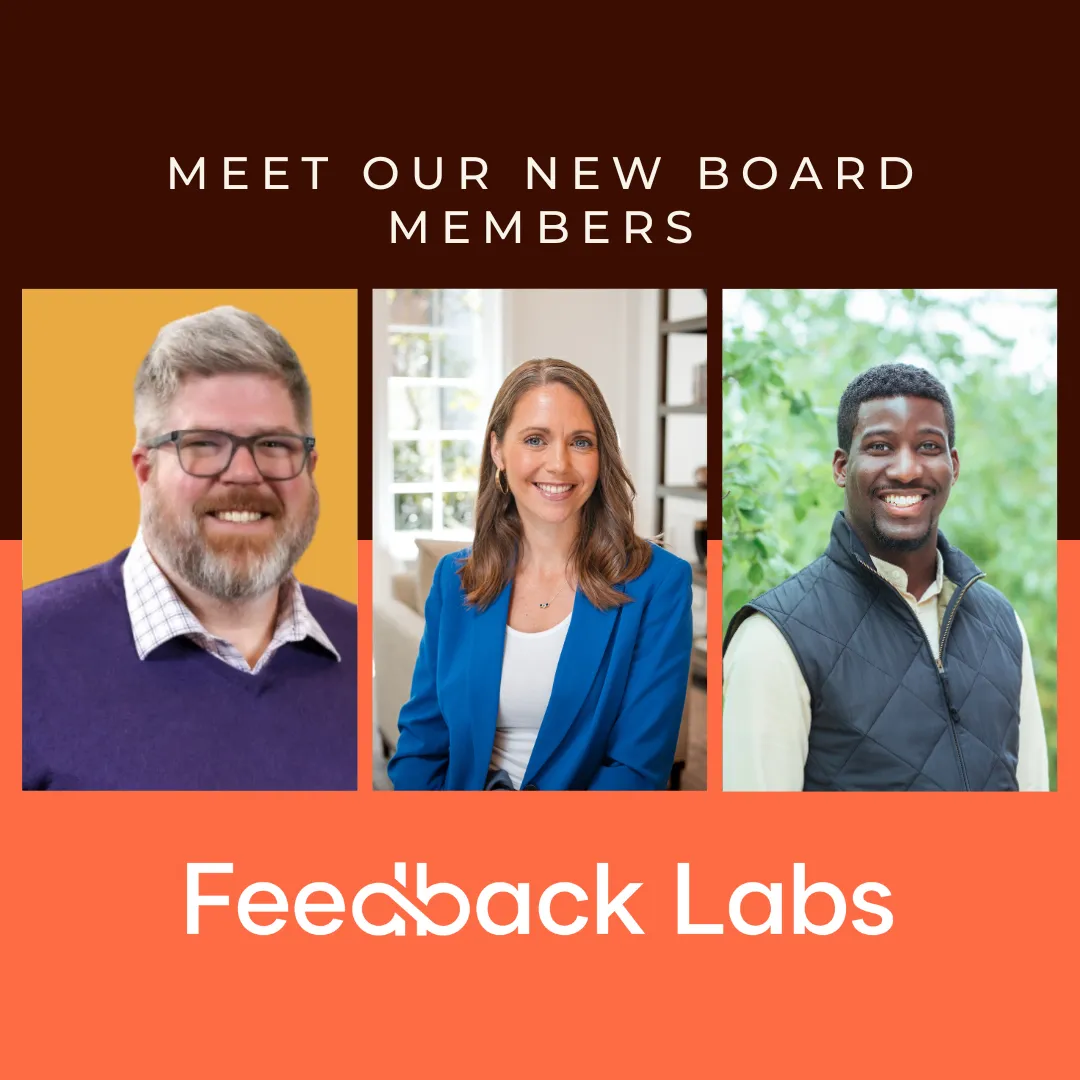On a scale of 0 to 10, how likely are you to recommend [X company, product, or service] to your friends or colleagues?
Chances are you’ve seen this question before. It’s a tool that hundreds of companies use with customers to determine their Net Promoter Score (NPS).

Why should a company care about its NPS?
It happens that the NPS is an elegant metric that helps determine customer loyalty and a company’s future growth.
Bain & Company, where the NPS metric was developed, found that a 5% increase in customer retention could yield anywhere from 25 to 100% improvement in profits. Companies with the highest customer loyalty typically grew revenues at more than twice the rate of their competitors.
How it works:
- Ask your customers, “How likely are you to recommend [X company, product, or service] to your friends or colleagues?” on a 0 to 10 point scale.
- Divide your customers into “Promoters”, “Passives”, and “Detractors”. Promoters give a score of 9 or 10, passives 7 or 8, and detractors 0 to 6.
- Subtract the percentage of promoters from the percentage of detractors. Ignore the passives. This is your company’s NPS.

Most successful corporations have an NPS that is in the 50s or above. Amazon.com had a score of 76 and Apple, Inc. had a score of 71 (2012, USA).
Companies then follow up with the 0 to 10 score question with the very important questions of “Why?” or “How can we improve?” The key is to close the loop– course-correct based on feedback– and move change detractors into promoters.
What are the implications for this kind of score in the nonprofit sector?
There are many ways that a competitive for-profit sector differs from the nonprofit sector. But there are still valuable insights to be gleaned and plenty of room for additional experimentation.
Aside from the moral imperative of caring how your constituents feel about your non-profit’s programs, what if the NPS (NPS also refers to the Net Promoter System) for constituent feedback were the smart thing to do?
In other words, what if your NPS were correlated to desired behavior and social impact?
Recently, Feedback Lab members (Ashoka, LIFT, GlobalGiving, and Keystone Accountability) presented at an InterAction forum, explaining how they’re trying NPS out in their own ways.
LIFT works with members (i.e. beneficiaries) to help lift them out of poverty for good. Members set personal goals and LIFT helps strengthen their connections to personal, social, and financial resources in the community.
One of LIFT’s hypotheses is that collecting and responding to member feedback leads to better results. The organization has crafted statements that help them understand a member’s experience and feelings toward LIFT, in addition to self-perceptions of their social capital and self-efficacy.
Examples include:
Today, LIFT helped me with the goals and priorities that are most important to me (to understand service importance)
I would recommend LIFT to a friend or relative. (to understand overall loyalty)
Members give a score on a 0 to 10 point scale, and LIFT calculates the equivalent of an NPS overall, and for specific categories like service importance or overall member loyalty.
LIFT finds that their promoters take 3 times as many steps toward their goals than detractors. Promoters achieve 5 times as much progress as detractors on the following question:
I am more connected to the community and community resources thanks to LIFT.
LIFT is only one example among the various Feedback Labs members who have piloted NPS within their work and are contributing exciting insights to this growing field.

What we’ve learned so far:
Here are some high-level, preliminary findings from our Feedback Labs members, this year’s Net Promoter Social Impact Forum, and Fred Reichheld and Rob Markey’s book, The Ultimate Question 2.0:
- Modify the NPS question as necessary. The exact NPS question may not be a perfect fit for your non-profit organization or your sector. That’s okay– do what makes sense. But make sure you’re asking a question that is linked closely to behaviors. For the for-profit sector, a recommendation is linked closely with future spending with a company. On the contrary, traditional customer satisfaction measures are not helpful predictors because satisfaction is not linked with actual customer behavior.
- Keep it simple. The NPS question is both elegant and easy to digest because it is one question. Often, the more metrics you track, the less relevant each one becomes (think of a traditional beneficiary survey with dozens–sometimes hundreds– of questions). You should perceive it as an operating system that keeps you quickly learning, adapting, and course-correction– not as a market research instrument. Traditional surveys speak in the language of the researcher and are good for reports but not necessarily for learning.
- Pay attention to design and biases. The way you present your NPS question– regardless of the technology– is critical to ensuring a high response rate. The response rate, in turn, determines the representativeness of your sampling. Reduce complexity. For example, if you are asking NPS in an email, each step or click required radically decreases completion.It is also important to reduce response biases. Most of us have designed more traditional surveys where beneficiaries respond, “yes, this was good” not because they actually felt that way but because either they were being polite or the historical power dynamic makes them feel obliged to ingratiate.
- Use NPS for benchmarking. Don’t set NPS targets and don’t use NPS as a key performance indicator (KPI)– there are too many ways to game the system, to make it a simple box to check-off, thus making the tool useless. It is, however, useful for benchmarking with other non-profit organizations and with your own organization over time. How does your NPS compare to your NPS last month? Since one of the benefits of NPS is its potential for benchmarking with other organizations, it’s helpful to keep the same 0 to 10 point measurement system.
- Don’t treat NPS as a new type of M&E. Do treat it as an operating system. When done well, monitoring and evaluation (M&E) aims to not just measure post-hoc performance but also generate real-time diagnostic insights. NPS is a tool to more rapidly and frequently generate useful insights to project implementers – the front-line service providers that need information that will help them improve day-to-day implementation.
- Measure your NPS often so that it can be a tool for experimentation. Don’t just use NPS once a year– no one will pay attention to it. The more frequently scores come out, the more opportunities you have to try out a new approach to a problem to see if it changes outcomes. Think “best fit” versus “best practice”.
- Follow-up with “the 5 whys”. Root-cause analysis is a way to find out the root causes of faults or problems. Often, it involves asking an open-ended “Why?” several times. If a “beneficiary” gives a score of “1”, find out why– otherwise, how do you expect to fix it? Remember it’s not about the score; it’s about changing behavior.
- Be ready for the long haul. Implementing NPS as an operating system is a long journey of culture change within an organization. Many people are already hard-wired to respond to other types of incentives, whether that pushing out a loan/grant, checking-off “satisfactory” boxes for M&E, and vested interests are always at stake. It requires time and senior leadership for real learning and change.
Feedback Labs and its members continue to learn about NPS and we’re excited to keep you updated on what we discover.
Additionally, some members are developing a simple NPS platform that will include tutorials, benchmarking opportunities, and a resource library to help nonprofits learn to listen to constituents and close the loop. Stay tuned!
David Bonbright, Keystone Accountability
Britt Lake, GlobalGiving
Sophie Sahaf, LIFT
Reem Rahman, Ashoka
Renee Ho, Feedback Labs




